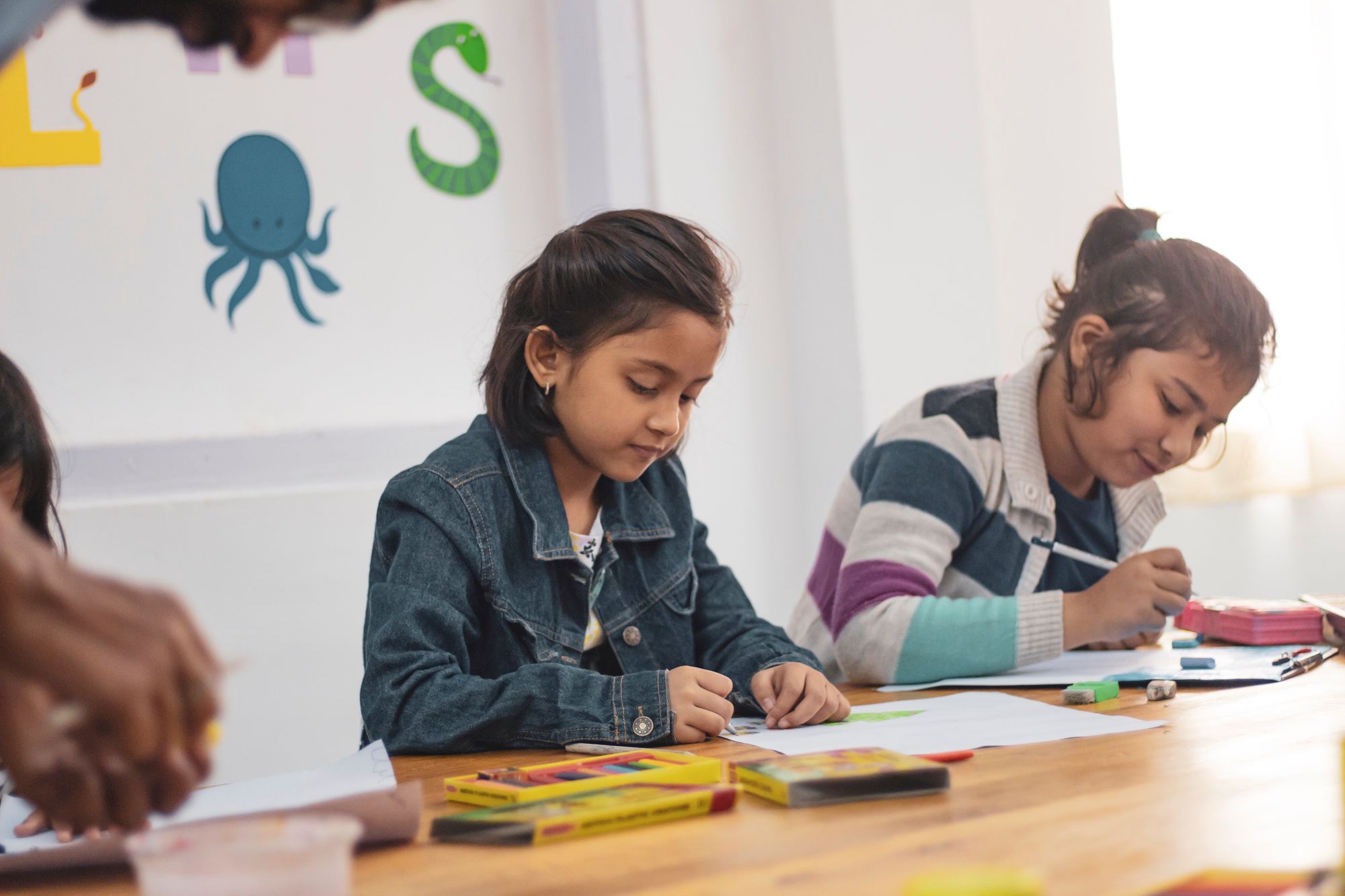Yoga in Education
It is the process of facilitating learning or the acquisition of knowledge, skills, values, beliefs and habits. The objective of yoga in education is to infuse the National Education Policy with positive and rewarding values.
Education:
It is the process of facilitating learning or the acquisition of knowledge, skills, values, beliefs and habits. The objective of yoga in education is to infuse the National Education Policy with positive and rewarding values.
Ancient Indian Concepts of Education:
Education was classified into:
A. Para vidya (4 vedas and 6 vedangas)
B. Apara vidya (experiential knowledge or supreme knowledge that leads to salvation)
Various texts described education as follows:
- RIG VEDA- Education is something which makes a man self-reliant and selfless.
- UPANISHADS- Education is that whose end-product is salvation.
- SHANKARACHARYA- Education is the realization of the self.
- KAUTILYA- Education means training for the country and love for the nation.
- SWAMI VIVEKANANDA- Education is the manifestation of perfection already in man.
Yogic Concept of Education:
Yoga is a very ancient discipline which was taught in a Gurukul system and Ashram setting. The teacher or Guru was considered as the guide, mentor and decision maker. There were no fixed hours of teaching, and it was tailor-made to suit each student. Knowledge was passed from one generation to another.

True education brings about harmony between the self and nature. It involves fine tuning the buddhi.
Buddhi has 8 Bhavas, out of which 4 are positive and 4 are negative:
Positive traits:
1. Dharma or Self-direction
It consists of Preparedness, State of calm, Faith, Duty, Acceptance, Yama and Niyama. Developing this trait leads to always being prepared to learn something new.
Yogic practices which develop dharma are:
- Meditative asanas
- Looking and observing the nature
- Listening to sounds of nature
- Prayers
- Listening to stories with positive messages
2. Jnana or Wisdom
It consists of Body awareness, Steadiness, Coordination, Concentration, Clarity and Self-knowledge. Developing this trait leads to clarity in the subject.
Yogic practices which develop jnana are:
- Steadiness – pranayama
- Body awareness – dhauti, ekapadasana
- Body-mind coordination – talasana, utkatasana, garudasana, anulom-vilom
- Concentration – trataka, pranayama
3. Vairagya or Objectivity
It consists of Relaxation, ‘Let-go’ attitude, Recreation, Humility, Dedication, To rise above the situation and view things in a detached way. Developing this trait keeps the individual without distractions.
Yogic practices which develop vairagya are:
- Kriya yoga
- Asana – yoga mudra, trikonansana, vakrasana, etc.
- Pratipaksha bhavana
- Scream loudly
- Share jokes
- Play physically aggressive games
- Recreation
4. Aishwarya or Self-reliance
It consists of Strength of body and mind (Bala), Confidence, Determination, Fortitude (Tapa), Willpower. Developing this trait boosts confidence
Yogic practices which develop aishwarya are:
- Asana – bhujangasana, chakrasana, ushtrasana, etc.
- Kriya – jalaneti & sutraneti
- Trekking
- Giving public performances
- Doing a routine task differently
Negative traits:
- Adharma – confusion
- Ajanana – ignorance
- Raga – excessive subjectivity
- Anaishwarya – weakness
Modern Perspectives of Education:
The current education system and its protocol follow a rigid pattern. Formal education begins at a tender age of two and a half or three years old with LKG. This is followed by almost 12 years of schooling and then a bachelor’s degree course. Students can then opt for master’s degree and PhD.

Throughout these years of study students are bound to confront a number of psychosocial, peer pressure, academic and existential stress, leading to a cascade of consequences both physically and psychologically. This may have a profound effect on their academic performance, growth, development and co-curricular activities.
Research based evidences suggest that yoga has beneficial physiological effects facilitating a holistic education. Yoga is known to have the following effects:
1. Improves attributes of physical fitness like speed, dexterity, coordination, balance, strength, stamina, flexibility and steadiness.
2. Improves motor skills and brain development. It increases attention span and memory. Improves all higher mental functions including cognition.
3. Improves auditory and visual perception as indicated by studies on evoked potentials.
Therefore yoga may help in improvement of academic performance, physical fitness, general health, social skills and co-curricular skills. It may also help in tackling the common problems faced during education like stress, declined cognitive function, lack of concentration, amotivation to study etc…
It is prudent to say that yoga must be included as a compulsory subject in every school’s curriculum, after considering the mounting scientific evidence-based benefits of yoga in children.
